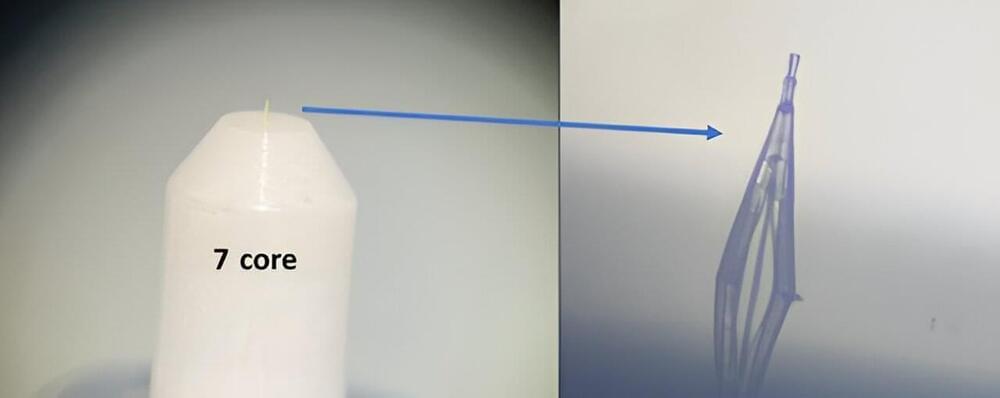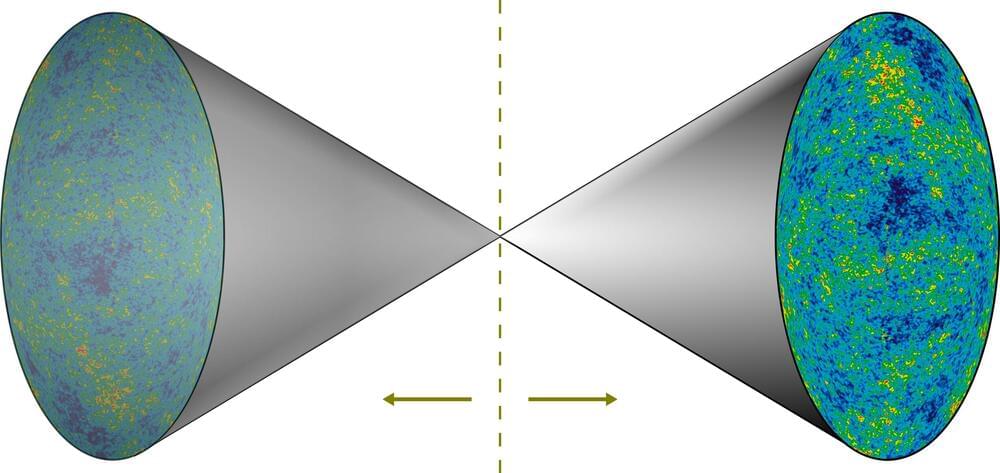@NVIDIAOmniverse is a development platform for virtual world simulation, combining real-time physically based rendering, physics simulation, and generative AI technologies.
In Omniverse, robots can learn to be robots – minimizing the sim-to-real gap, and maximizing the transfer of learned behavior.
Building robots with generative physical AI requires three computers:
- NVIDIA AI supercomputers to train the models.
- NVIDIA Jetson Orin, and next generation Jetson Thor robotics supercomputer, to run the models.
- And NVIDIA Omniverse, where robots can learn and refine their skills in simulated worlds.
Read the press release.
#OpenUSD #Robotics #COMPUTEX2024 #IsaacSim







